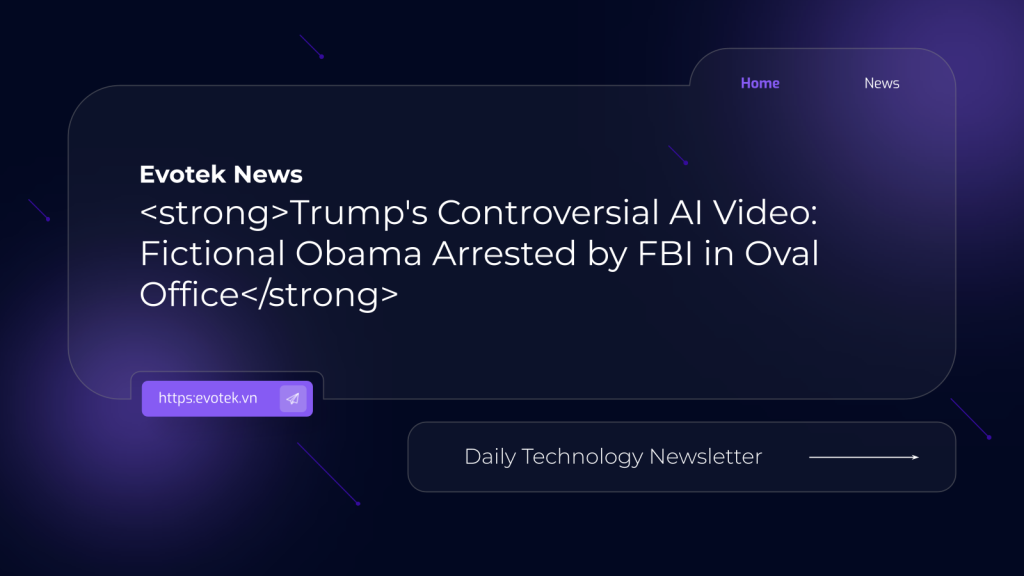A recent social media post by former President Donald Trump has garnered significant attention, featuring an artificial intelligence-generated video depicting a fictional arrest of former President Barack Obama by the Federal Bureau of Investigation (FBI) within the Oval Office.
The highly circulated video, shared by Trump on his Truth Social platform, presents a staged sequence of events. It commences with various Democratic figures, including Obama, uttering the phrase “No One Is Above The Law.” This is followed by a brief, unsettling interlude of a clown image before transitioning to the core of the AI-generated scenario: FBI agents apprehending Obama inside the presidential office. The narrative then progresses to show Obama in an orange jumpsuit, first in a prison hallway, and ultimately confined to a jail cell.
While the video’s original source appears to be of limited resolution and bears a peculiar soundtrack reminiscent of the Village People, its presence on Trump’s official social media account, and subsequent sharing by figures like Mario Nawfal on X (formerly Twitter), amplified its reach across digital platforms. This post aligns with a pattern of Trump utilizing his social media presence to disseminate provocative or critical content targeting political opponents.
In a related development on Truth Social, Trump also recently posted content aimed at discrediting Samantha Power. Power, who served as Obama’s Ambassador to the United Nations and currently as Administrator of the U.S. Agency for International Development (USAID) under President Joe Biden, has been the subject of scrutiny from Trump and Elon Musk regarding her personal wealth. This highlights a broader trend of prominent figures leveraging social media to question and undermine the integrity of public officials and government agencies.
The proliferation of AI-generated content in political discourse raises important questions about digital media literacy and the spread of misinformation. Such videos, even if presented as satire or commentary, can blur the lines between reality and fiction, impacting public perception and political narratives.

 日本語
日本語 한국어
한국어 Tiếng Việt
Tiếng Việt 简体中文
简体中文